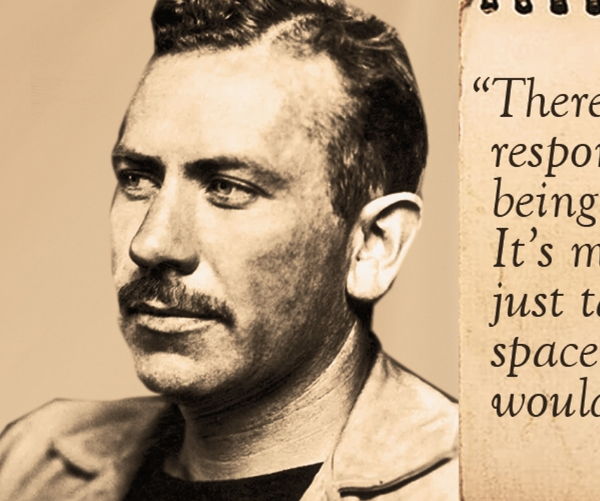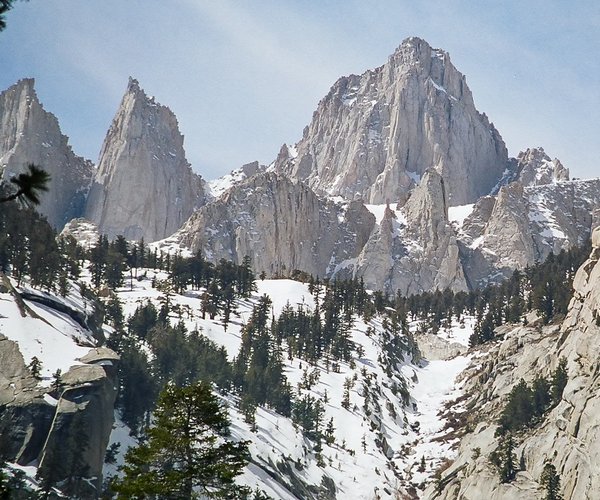FRENCH CAMP — Long before Highway 120 was built the road to the Gold Country ran through French Camp.
As many as five stages a day plus dozens of wagons would bring travelers to French Camp to overnight on their way to seek fortune in the southern mines.
French Camp Road happens to be at the edge of two distinct soil formations. Passage much to the north resulted in wheels of wagons being bogged down in wet weather. That made French Camp Road the prime route to Sonora. At one time in 1850 there were 70 wagons strung out on the road between French Camp and Sonora.
Between 1851 and 1853 French Camp had two hotels, five restaurants, two hay yards, and four stores. At one time the hotels had 100 guests at the same time sitting down to meals.
French camp’s biggest claim to fame is being the oldest community in the Northern San Joaquin Valley.
French Camp — now sandwiched between Manteca and Stockton — started as the southern terminus of the Oregon-California Trail used by the French-Canadian trappers employed by the Hudson Bay Company.
It served that purpose from 1832 to 1845.During that time fur hunters and their families camped their annually.
Some accounts involving missions have French Camp being mentioned as far back as 1820. A part of the Thompson and West history published in 1879 noted the first company of French trappers under the leadership of John McLeod camped on the south bank of what would later be called the French Camp Slough just north of today’s community. That was 1828. Based on their observations plus experiences of missionaries prompted the formation of the annual settlement for the organized company of trappers.
An agent for the Hudson Bay Company was stationed there for much of each year from 1830 to 1845. The area was flush with bear, mink, and beaver that could be found along the French Camp Slough and San Joaquin River. The depletion of game and the constant threat of small pox ended the colony in 1845.
That was after the first permanent settler in the French Camp area David Kelsey arrived in 1844. He was lured by an offer of a square mile of land if he would reside on it for a year. The offer was made by William Gulnac of San Jose who was an associate of Charles Weber who later founded Stockton.
He built a shelter out of tule brush for his wife and two children. Kelsey later died of small pox while en route to Sutter’s Fort for medical treatment.
The first real structure — a two-story adobe building — was erected in August 1849 when Col. P.W. Noble and A. Stevenson took possession of the old campground used by trappers. The original public house and store was soon joined by two more stores.
One of the store owners was E.E. Atwood who also started a freight yawl on the French Camp Slough able to carry up to 1,500 pounds and five passengers. By 1850, French Camp was bustling. Some 3,000 people landed in Stockton in the first wave of prospectors to head to the Southern mines.
The post office was established in French Camp on May 3, 1854.
Today, French Camp’s focal point is the French Camp Elementary School with the rest of the community primarily being homes.
French Camp started as a trapping outpost






